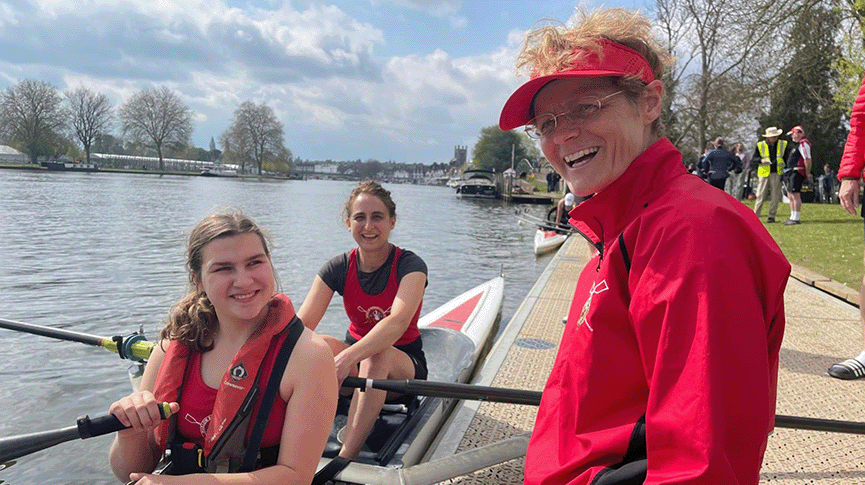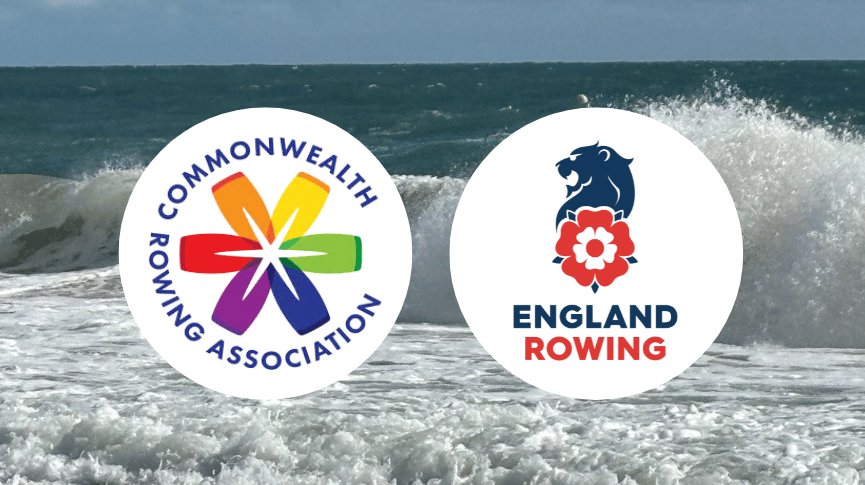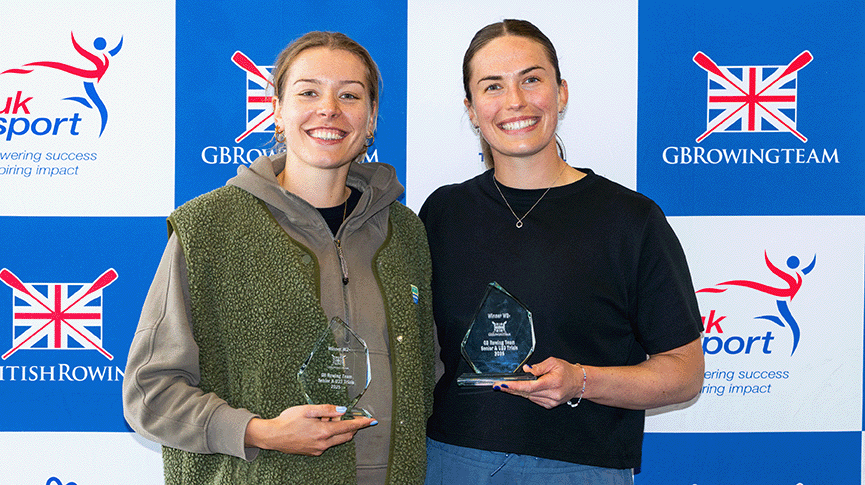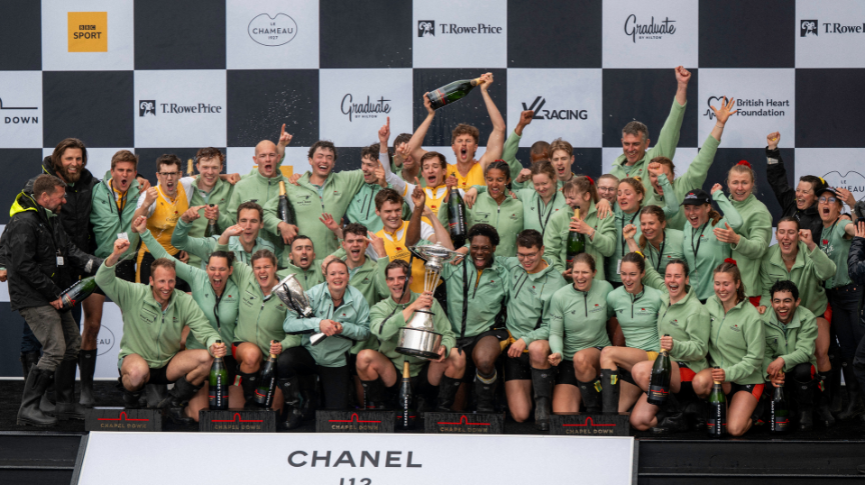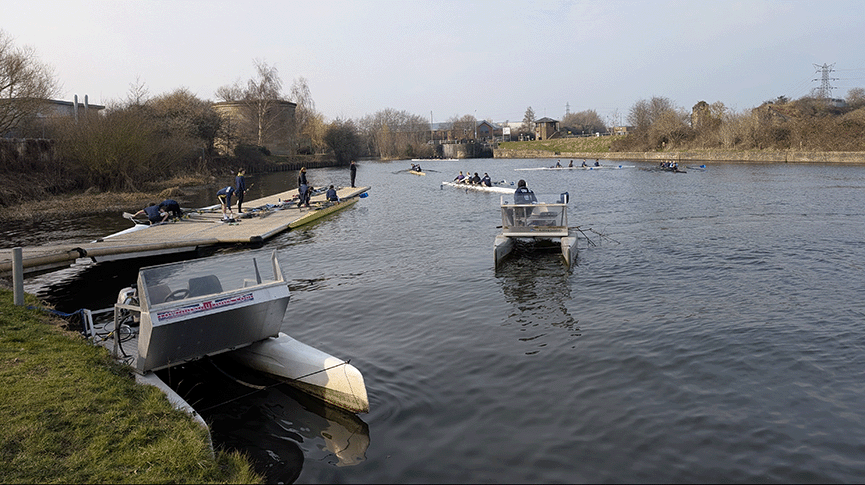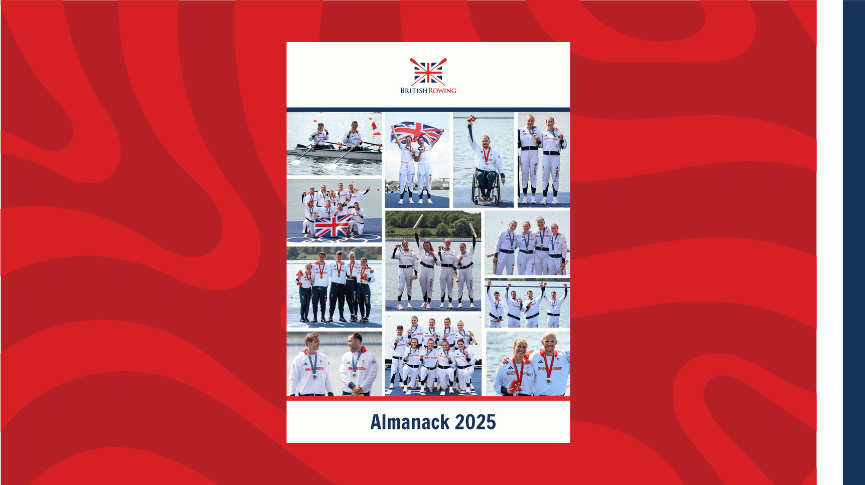Coaching tips – consistent language is the key
Here’s some top tips on how to get the most out of your sessions from Coach Consultant Robin Williams
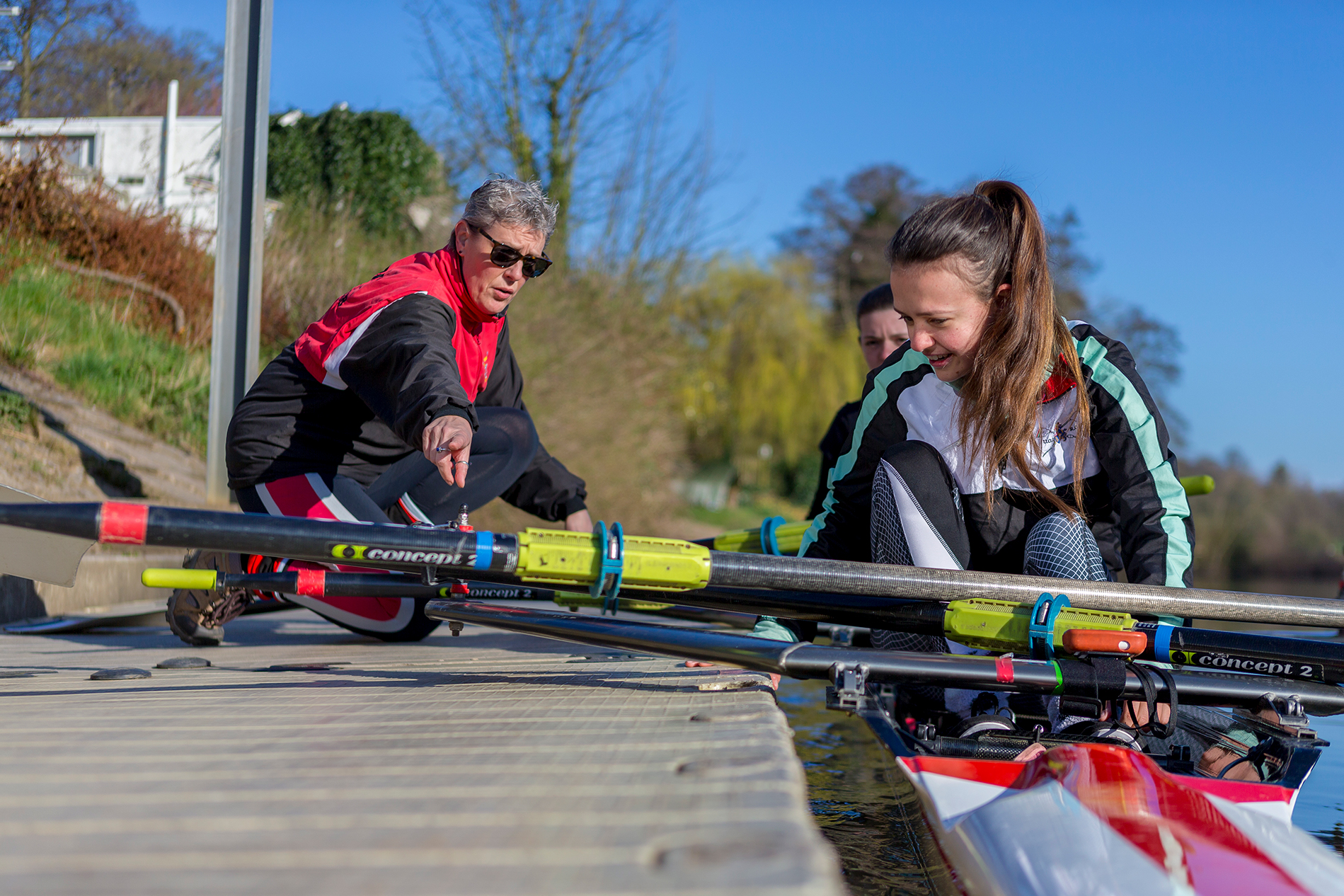
Coaching at Derby RC (c) Drew Smith
It is much easier to convey consistent technique when rowers and coaches share familiar themes, language and vocabulary, says Coach Consultant Robin Williams. Here’s how to get the most out of your sessions.
Imagine this: A coach is cycling along the bank with his crew. He says something. The crew misses it because he didn’t point the megaphone towards them. They don’t respond. Irritated, he says it again – but it just so happened that someone in the crew spoke because they lost their balance momentarily. Coach is annoyed now and thinks he’s being ignored. He shouts again. This time they hear, but since the comment was to relax more and he sounded really cross the result is that the crew tightens more. Sounds familiar?
It can be a lot worse: consider another scenario. The crew have spent 40 minutes uncoached so have taken matters into their own hands … until the coach turns up and starts coaching something completely different. It doesn’t follow on from the last session they did and no-one understands. Technique might as well be a foreign language sometimes!
Good learning and good teaching are clearly what’s needed across individuals, crews, and within a club – and, indeed, across the country. So how do you deliver a coaching model to large numbers of people?
The language and descriptions are important because we rely so heavily on verbal communication as opposed to physical demonstration. But before you can communicate it, you need to decide what it is.
Step one
The first step is for coaches and athletes to meet and describe the technique – although technical development should go on every day, it does help to sit around a table every so often and talk it through. This clears up misunderstandings, helps develop the same language for describing what you have done, and allows some forward planning for the next phase.
Step two
The second step, I suggest, is to break technique down in to manageable sub-headings and allow rowers to understand the subject for the session. Consider the idea of ‘mechanics versus feel’ – one is the very objective analysis of positions, movements, levers etc; the other is more subjective and covers relaxation, rhythm, harmony, boat run and timing etc. By explaining to rowers that you are working on one or the other they can see the direction you are taking for the session. The point is that your sessions need some agreed aims: then you can have a short pre-outing briefing and a short post-outing debrief, possibly with video analysis if time permits.
Step three
The final step is to get more specific. There isn’t space to completely cover the language and terminology of technique but some important messages to get across are these:
- “The entry is the last part of the recovery” – it is simply putting the oar in the water as you arrive forwards and therefore requires no physicality. It needn’t involve any movement except from the hands and soft arms. You need to be in control of your movements and in balance with the boat to achieve a relaxed entry. Common mistakes are to lift the blade in with a back movement or to row it in with a leg movement. Most people lose position when covering the blade.
- “The catch is under the water” – it is a small, quick movement from the feet and shins with the trunk engaged but not moving. Small movements are faster than big ones, so the catch is instant. Common mistakes are to slip the seat or shoulders and make the catch a larger, wasteful movement.
- “Push first, then pull” – this is basic but often done the wrong way around. From catch to peak handle force (PHF) the legs should push the boat with the trunk holding, so the distance from seat to handle will remain the same, and then pull from the trunk hard as you pass PHF.
- “Hips and shoulders” – the hips provide a lot of power and transfer leg pressure. Relaxed shoulders allow feel for the water. Common mistakes are to slump in the hips, hunch shoulders tight or drop one shoulder off balance at the entry.
- “Suspension” – how to use your body-weight to help load the oar as well as your physical force is high priority. Armed with these, and other themes, it’s then about sharing a common vocabulary amongst rowers so that the ideas form into well interpreted actions. Descriptions include “long arms” to imply not pulling too early and separating the arms from the trunk after the finish; the catch is like a “pulse”, “squeeze the legs”, “accelerate the hips”, “support the finish”, “sit with the hull”, “move with the hull”, “glide forwards”, “let the boat come to you”, “catch on the rise” and so on.
Once people share familiar themes, language and vocabulary it becomes much easier to convey consistent technique and progress it forwards – even if you can’t hear the coach properly!


